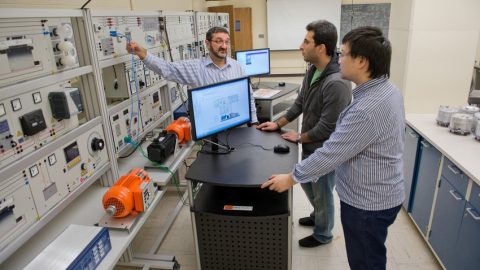
Illustration (Source: Internet)
TPM training is the training to understand how the system (TPM) basically works and enhance the productivity, basically teaching how to minimize the waste in all phases of operations.
Benefits of TPM Training
TPM revolves around employee empowerment and inspires employees to take ownership of their machinery as a result it increases production time and saves the time wasted in unplanned maintenance. It encourages a proactive attitude towards taking care of machinery, cleaning, carrying out basic manufacturing maintenance duties and spotting issues while helping maintenance staff to perform more value-adding tasks.
For companies, the employee resistance to TPM training was the major concern, however with the time same employee who were earlier reluctant start taking interest in TPM trainings and the value it was adding to their work and knowledge.
TPM model is based on 5S foundation and these 5s ensure all the workspaces are Sorted, set in order, shine, standardize and sustained all the time which results in a safer working environment. It helps in keeping the machinery up to date on daily basis as the whole responsibility is not put on a single shoulder, but all the employees are responsible for keeping it clean and healthy. So, the daily checks avoid the loose ball bearings, lubricant leakage, or issues hidden under layers of grime which reduces the risk of accidents or injury keeping the environment safe.
TPM is believed to achieve a perfect production and it can be measured using an overall Equipment Effectiveness (OEE) score card.
TPM not only helps in making the process of improvement easier by quickly identifying loss areas but also set benchmarks and improves equipment productivity.
TPM is trusted to improve the productivity and reduce the complaints. It addition to measuring OEE it also focuses on maintenance backlog known as TCO, total clean out. Then there are teams to tackle every specific problem that limits the OEE in order to maintain the continuous improvement cycle.
(To be continued)
Productivity and Quality Office